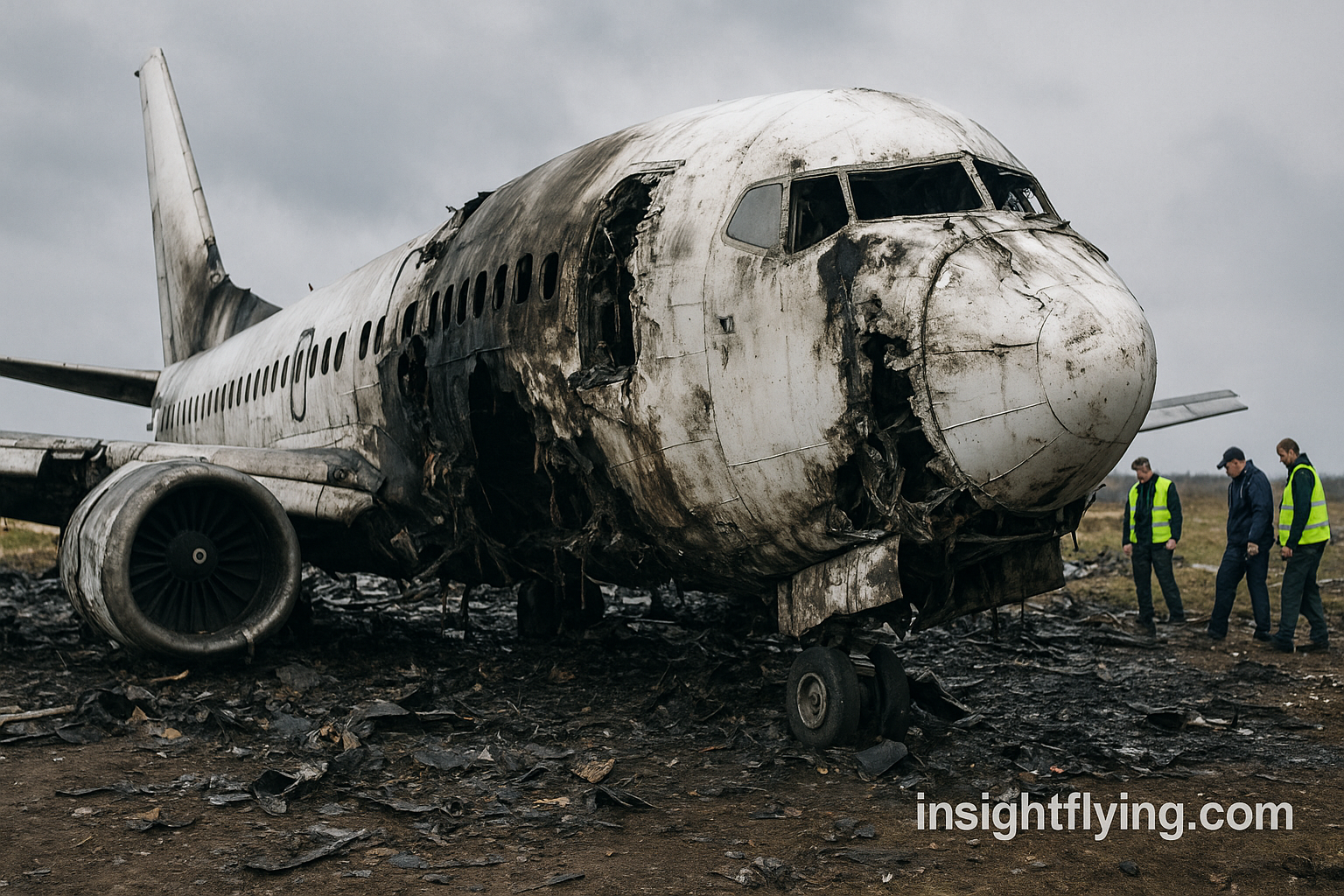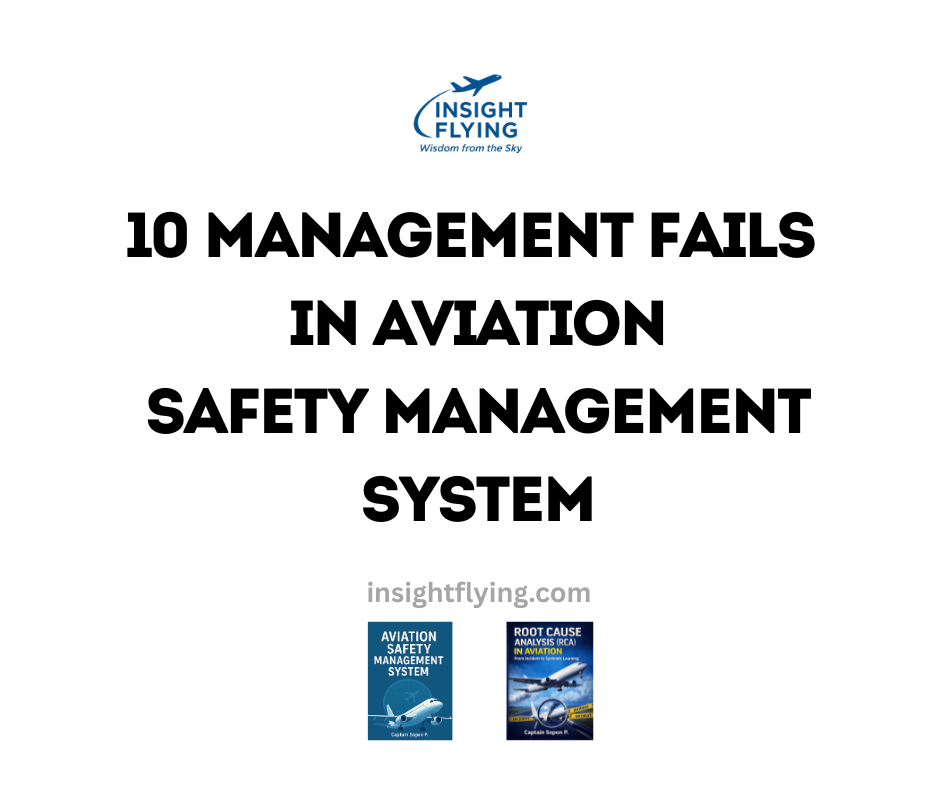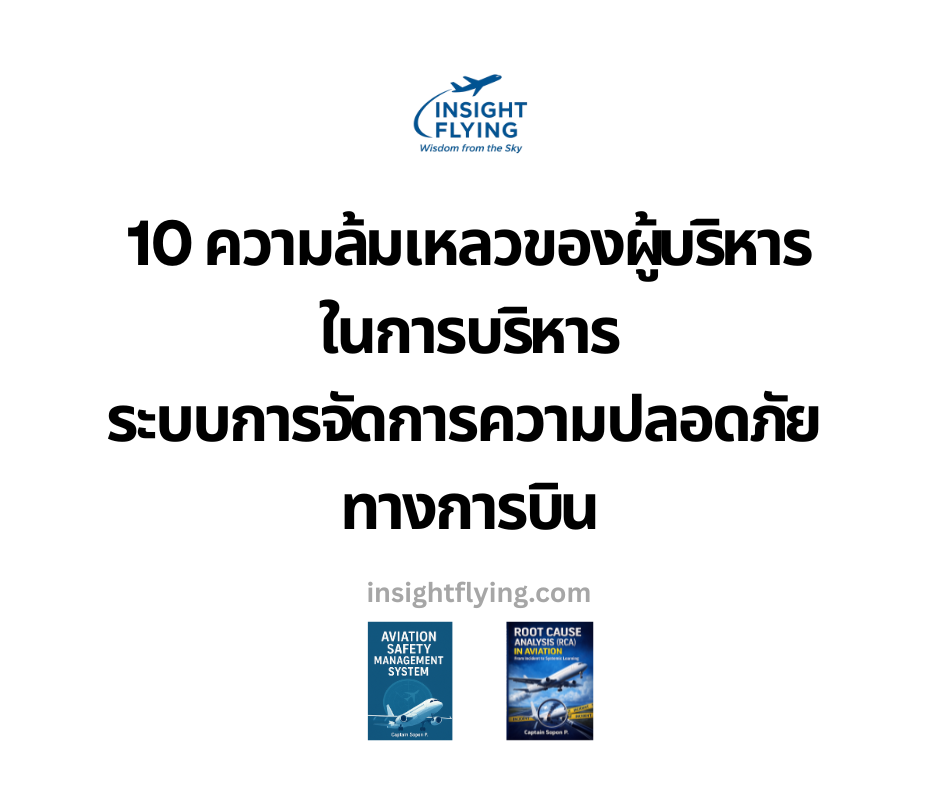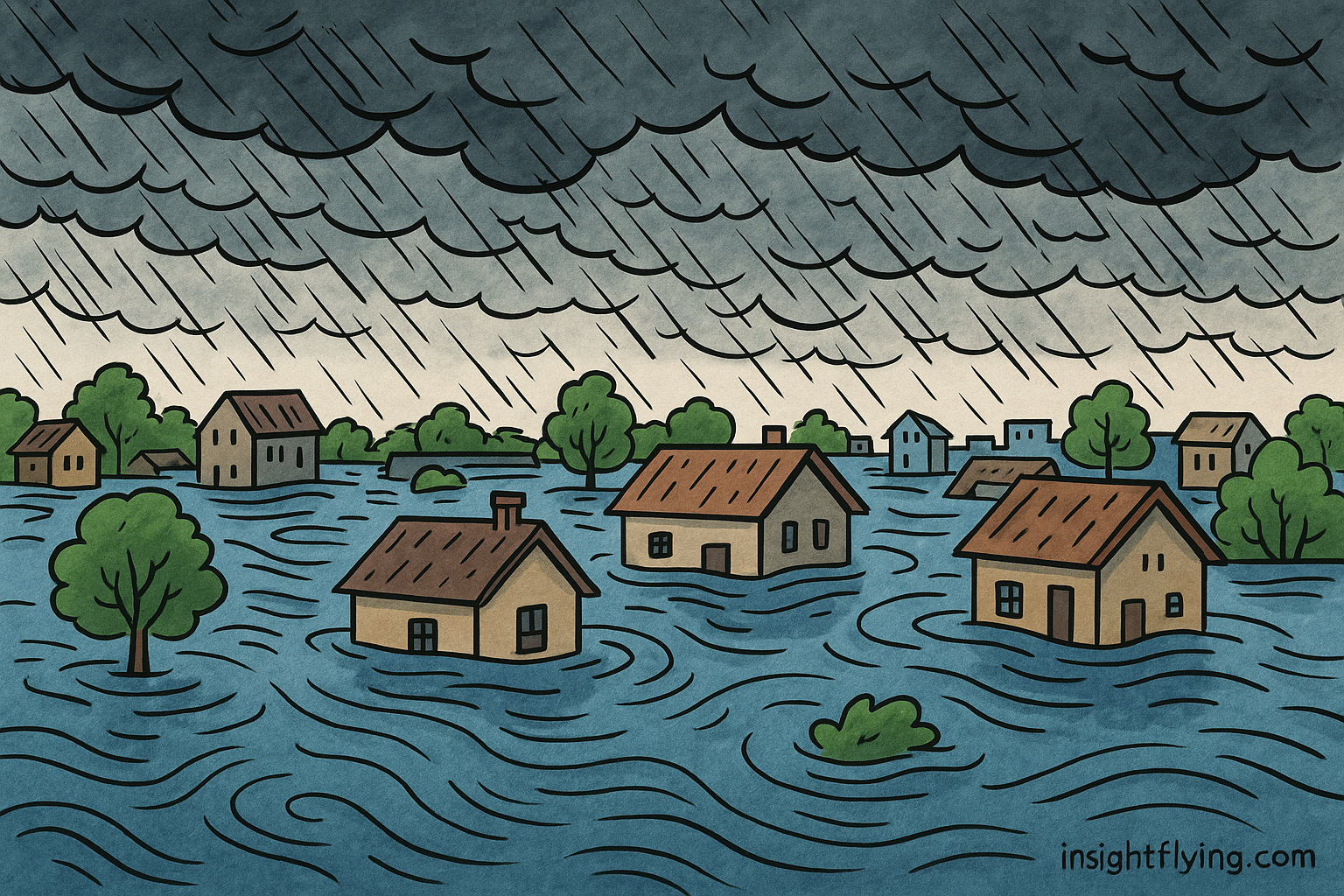1. วัตถุประสงค์ของการสืบสวน
- เป้าหมายหลักคือ ป้องกันไม่ให้เกิดอุบัติเหตุและอุบัติการณ์ซ้ำอีก
- ไม่ได้มีเจตนาเพื่อโทษบุคคลหรือองค์กร แต่เพื่อ พัฒนาความปลอดภัยการบิน
2. ผู้ที่มีสิทธิและบทบาทในการสืบสวน
- รัฐที่เกิดอุบัติเหตุ (State of Occurrence)
- มี อำนาจและความรับผิดชอบหลัก ในการดำเนินการสืบสวน
- มักดำเนินการโดย องค์กรสืบสวนอุบัติเหตุอิสระ ที่ไม่ขึ้นตรงกับผู้กำกับดูแลหรือผู้ประกอบการบิน
- ตัวอย่าง: NTSB (สหรัฐฯ), AAIB (สหราชอาณาจักร), BEA (ฝรั่งเศส), AAIB-India (อินเดีย)
- รัฐที่จดทะเบียนอากาศยาน (State of Registry)
- รัฐผู้ดำเนินการ (State of the Operator)
- รัฐผู้ออกแบบและผู้ผลิต (State of Design and Manufacture)
- เกี่ยวข้องกับผู้ผลิตอากาศยานและเครื่องยนต์ เช่น Boeing, Airbus, Rolls-Royce, GE
- สามารถแต่งตั้งผู้แทน (Accredited Representative) เข้าร่วมสืบสวน
- รัฐอื่น ๆ ที่มีส่วนได้เสีย (Other States with Special Interest)
- เช่น หากมีพลเมืองของรัฐนั้นเสียชีวิตหรือมีความเชี่ยวชาญที่เกี่ยวข้อง
- ที่ปรึกษาหรือผู้เชี่ยวชาญเฉพาะด้าน (Advisers / Subject Matter Experts)
- มักจะมาจากผู้ผลิต สถาบันวิจัย หรือผู้เชี่ยวชาญอิสระ
- ให้ความรู้เฉพาะทาง เช่น human factors, metallurgy, avionics, fatigue, ATC, flight operations
3. ขั้นตอนมาตรฐานของการสืบสวน (Annex 13 Framework)
ขั้นที่ 1: การแจ้งเหตุ (Notification)
- รัฐที่เกิดเหตุแจ้ง ICAO และรัฐที่เกี่ยวข้อง (Registry, Operator, Design, Manufacture) ภายใน 24 ชั่วโมง
ขั้นที่ 2: การเริ่มต้นสืบสวน (Investigation Initiation)
- รัฐที่เกิดเหตุแต่งตั้งทีมสืบสวน
- รัฐอื่นส่ง Accredited Representatives พร้อม adviser
ขั้นที่ 3: การเก็บข้อมูลในที่เกิดเหตุ (On-Site Investigation)
- ตรวจสอบซากอากาศยาน, FDR/CVR (กล่องดำ), ข้อมูล ATC, สภาพอากาศ, ประวัติการซ่อมบำรุง, ประวัติการทำงานของลูกเรือ
- ต้องเก็บรักษาหลักฐานที่เสื่อมสลายง่ายให้ได้มากที่สุด
ขั้นที่ 4: การวิเคราะห์ข้อมูล (Technical Analysis)
- วิเคราะห์ข้อมูลการบิน ซากอากาศยาน โครงสร้าง เครื่องยนต์ ปัจจัยมนุษย์ ATC การกำกับดูแล
- ใช้ห้องปฏิบัติการหรือโปรแกรมจำลองเพื่อช่วยวิเคราะห์
ขั้นที่ 5: การประสานงานกับผู้ผลิตและผู้เชี่ยวชาญ (Coordination with Manufacturers & SMEs)
- ผู้ผลิตอากาศยานและเครื่องยนต์สนับสนุนข้อมูลเชิงเทคนิค
- ผู้เชี่ยวชาญเฉพาะด้านทำการทดสอบหรือวิเคราะห์เพิ่มเติม
- อำนาจตัดสินใจทั้งหมดอยู่กับ หน่วยงานสืบสวนอิสระ
ขั้นที่ 6: รายงานระหว่างกาล (Interim Reports)
- หากการสืบสวนใช้เวลานาน ต้องเผยแพร่ความคืบหน้าอย่างน้อยทุก 12 เดือน
ขั้นที่ 7: รายงานขั้นสุดท้าย (Final Report)
- ออกให้เร็วที่สุด ภายใน 12 เดือนหากเป็นไปได้
- เนื้อหา: ข้อเท็จจริง การวิเคราะห์ สรุปผล (สาเหตุและปัจจัย) ข้อเสนอแนะเพื่อความปลอดภัย
ขั้นที่ 8: ข้อเสนอแนะด้านความปลอดภัย (Safety Recommendations)
- เสนอไปยังรัฐ หน่วยงานกำกับดูแล ผู้ประกอบการ หรือผู้ผลิต
- ไม่บังคับ แต่ส่วนใหญ่จะถูกนำไปปฏิบัติทั่วโลก
ขั้นที่ 9: การติดตามผล (Follow-Up)
- รัฐที่ได้รับข้อเสนอแนะต้องแจ้ง ICAO และหน่วยงานผู้ออกข้อเสนอว่าได้ดำเนินการอย่างไร
- บทเรียนถูกนำมาเผยแพร่เพื่อยกระดับความปลอดภัยสากล
4. หลักการสำคัญ
- ความเป็นอิสระ – ต้องปราศจากการแทรกแซงทางการเมืองหรือกฎหมาย
- ความโปร่งใส – มีรัฐที่เกี่ยวข้องเข้าร่วมเพื่อความน่าเชื่อถือ
- การคุ้มครองข้อมูล – ข้อมูลบางประเภท (เช่น CVR, คำให้การพยาน) ต้องถูกปกป้องเพื่อไม่ให้กระทบการร่วมมือ
✈️ สรุป:
รัฐที่เกิดเหตุ (State of Occurrence) มีหน้าที่หลักในการสืบสวน แต่รัฐอื่นที่เกี่ยวข้อง (Registry, Operator, Design, Manufacture) สามารถเข้าร่วมผ่าน Accredited Representative ได้ ผู้ผลิตและผู้เชี่ยวชาญทำหน้าที่เป็นที่ปรึกษา กระบวนการทั้งหมดตั้งแต่การแจ้งเหตุ การเก็บข้อมูล การวิเคราะห์ การออกข้อเสนอแนะ และการติดตามผล ทำไปเพื่อป้องกันการเกิดอุบัติเหตุซ้ำ ไม่ใช่เพื่อหาคนผิด
1. Purpose of the Investigation
- The sole objective is prevention of accidents and incidents, not to apportion blame or liability.
- Findings are intended to improve aviation safety globally.
2. Investigation Parties Involved
According to ICAO Annex 13, several States and organizations can take part:
- State of Occurrence (Country of Accident)
- Primary authority: Responsible for instituting and conducting the investigation.
- Usually led by the Accident Investigation Authority (independent from regulatory and operational entities).
- Examples: NTSB (USA), AAIB (UK), BEA (France), AAIB-India.
- State of Registry
- Where the aircraft is registered.
- State of the Operator
- Where the airline/air operator is based.
- State of Design and Manufacture
- Involves the aircraft and engine manufacturers (e.g., Boeing, Airbus, Rolls-Royce, GE).
- They may appoint accredited representatives to assist.
- Other States with Special Interest
- May participate if they have citizens involved, or relevant expertise.
- Advisers / Subject Matter Experts (SME)
- Technical experts (e.g., from manufacturers, research institutes, or safety boards) may assist the accredited representatives.
- SMEs provide expertise in areas like human factors, metallurgy, avionics, flight operations, ATC, fatigue, etc.
3. Standard Investigation Procedure (Annex 13 Framework)
Step 1: Notification of the Accident
- The State of Occurrence must notify ICAO and other involved States (Registry, Operator, Design, Manufacture).
- Notification is usually made within 24 hours using the ICAO format.
Step 2: Investigation Initiation
- The State of Occurrence forms an Independent Investigation Team.
- Other States nominate Accredited Representatives (with advisers).
Step 3: On-Site Investigation
- Evidence gathering: wreckage, FDR/CVR (black boxes), ATC recordings, meteorological data, maintenance logs, crew records.
- Preservation of perishable evidence is crucial.
Step 4: Technical Analysis
- Specialists examine flight data, wreckage, structures, engines, human factors, ATC performance, organizational and regulatory oversight.
- Simulation and laboratory analysis may be conducted.
Step 5: Coordination with Manufacturers and SMEs
- Aircraft and engine manufacturers provide technical data and analysis support.
- SMEs may analyze metallurgy, fatigue, performance, or human factors.
- The Investigation Authority keeps control of the process; external parties only advise.
Step 6: Interim Reports
- If the investigation is long, interim statements are published (typically every 12 months).
Step 7: Final Report
- Must be issued as soon as possible, normally within 12 months.
- Includes:
- Factual information
- Analysis
- Conclusions (causes & contributing factors)
- Safety recommendations
Step 8: Safety Recommendations
- Issued to relevant authorities, operators, or manufacturers.
- Not binding, but usually adopted worldwide if safety-critical.
Step 9: Follow-Up
- States receiving recommendations must inform ICAO and the originating authority of actions taken.
- Lessons learned are shared globally.
4. Key Principles
- Independence: Investigation must be free from political or legal interference.
- Transparency: Participation of all relevant States ensures credibility.
- Confidentiality: Certain records (e.g., CVR transcripts, witness statements) are protected to encourage reporting and cooperation.
✅ In summary:
The State of Occurrence leads the investigation, but other States (Registry, Operator, Design, Manufacture) have rights to participate. Manufacturers and SMEs act as advisers. The process follows ICAO Annex 13: notification, evidence collection, analysis, interim/final reports, and safety recommendations — always with the purpose of improving aviation safety, not assigning blame



